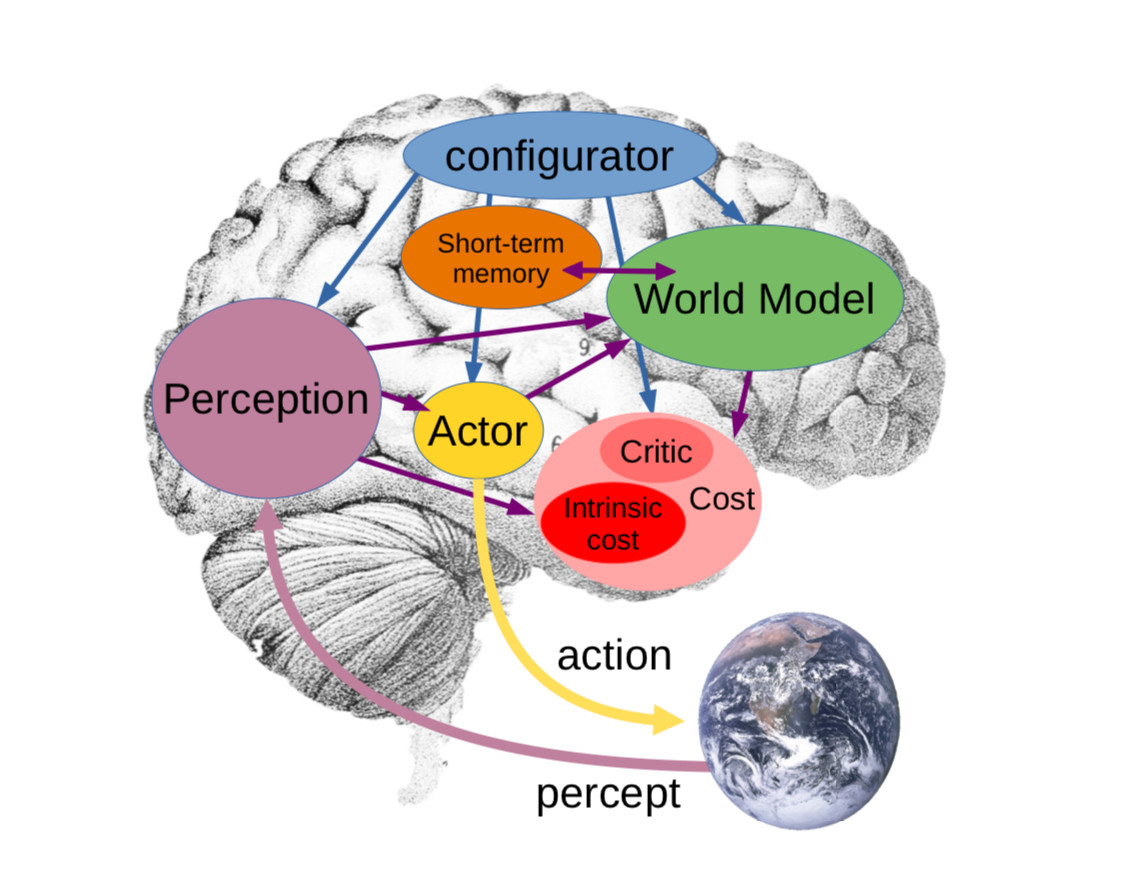Event JSON
{
"id": "d9198b894b3d68d4e605202bd2f15578c6dc9ba606690104108dd798ed3389e2",
"pubkey": "95ea081a627cee44e532825986ecc662139d068c4bdacbe820a8f445b9c6c06b",
"created_at": 1719327142,
"kind": 1,
"tags": [
[
"imeta",
"url https://cdn.masto.host/recsyssocial/media_attachments/files/112/677/823/196/931/134/original/82cc972d3a3c0ec0.jpeg",
"m image/jpeg"
],
[
"proxy",
"https://recsys.social/@brohrer/112677823598596410",
"web"
],
[
"proxy",
"https://recsys.social/users/brohrer/statuses/112677823598596410",
"activitypub"
],
[
"L",
"pink.momostr"
],
[
"l",
"pink.momostr.activitypub:https://recsys.social/users/brohrer/statuses/112677823598596410",
"pink.momostr"
],
[
"expiration",
"1721919146"
]
],
"content": "This is from a “position paper” (read “intellectually hand-wavy speculation”) by none other than Yann LeCun. Is it possible that biologically-inspired architectures are making their way from the fringe to the main stream?\n\nhttps://openreview.net/pdf?id=BZ5a1r-kVsf\nhttps://cdn.masto.host/recsyssocial/media_attachments/files/112/677/823/196/931/134/original/82cc972d3a3c0ec0.jpeg\n",
"sig": "8fbe937f114269d83b1421acf23b6a7ed554c5078254aad883f4027b1934c2b7d93d0c1f75032aa328dccbf839cc290a3dd7d69663d943832e454befc3342ebc"
}

